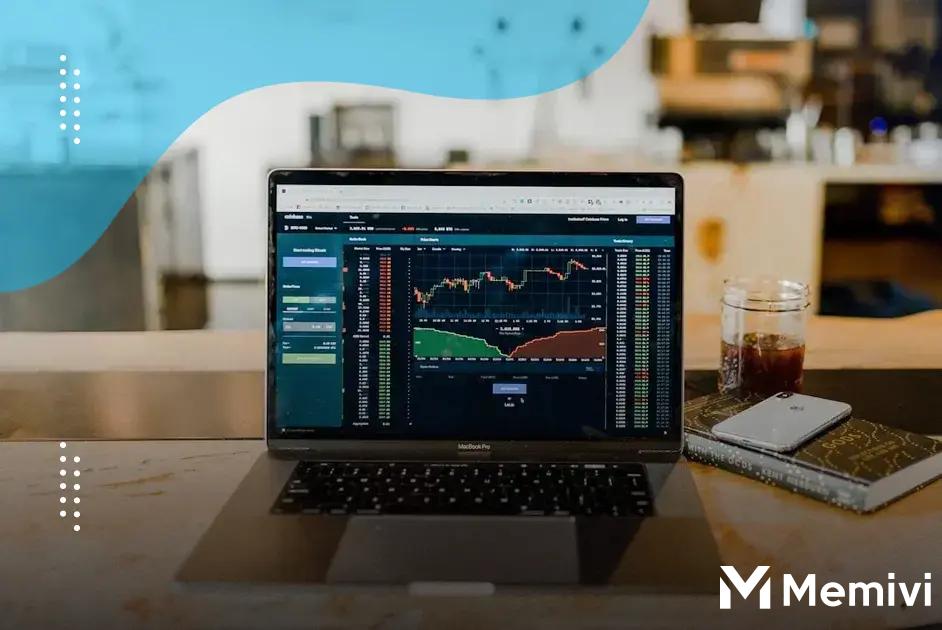Smart planning for major purchases in 2025 is essential to make informed decisions in a rapidly evolving economic landscape. As the economy adapts to new challenges, understanding its impact on your purchasing power becomes crucial. This guide will walk you through setting realistic financial goals and evaluating the necessity and timing of potential large investments. With the right strategies for saving and investing, you can ensure that your significant purchases align with your long-term financial plan. Let’s dive into the essentials of smart financial planning and explore how you can optimize your approach for 2025.
Understanding the Economy in 2025
As we step into 2025, gaining a solid grasp of the economic forces shaping your financial decisions is more crucial than ever. The global economic landscape is in constant flux, influenced by factors such as technological advancements, geopolitical shifts, and evolving consumer behaviors. Understanding these elements can help you navigate major purchasing decisions with confidence.
A key aspect to watch is the impact of inflation on purchasing power. Inflation rates can affect everything from interest rates to the cost of living, emphasizing the need to stay informed about current trends. Monitoring central bank policies and how they affect interest rates can provide insights into optimal times for financing significant purchases.
Another important factor is the labor market. Changes in employment rates and wage growth can directly affect disposable income levels. Keeping an eye on these trends will help you adjust your financial plans to accommodate shifts in economic stability.
Technological advancements are set to play a pivotal role. Innovations in digital currency and online financial technologies can disrupt traditional practices, offering both challenges and opportunities. Staying abreast of these developments will aid in managing investments and purchasing strategies effectively.
Furthermore, geopolitical events can alter economic conditions rapidly. International trade agreements, political tensions, and global partnerships can sway economies, impacting everything from supply chains to market stability. Being aware of these dynamics will allow you to make informed purchasing decisions that align with your financial goals.
Setting Realistic Financial Goals

When it comes to setting financial goals, it’s crucial to set targets that are both challenging and achievable. Begin by breaking down your financial aspirations into short-term and long-term goals. Ask yourself what you wish to accomplish over the next few months and years. For instance, if purchasing a home is on your list of major buys for 2025, consider the down payment amount and mortgage terms needed.
To develop these goals, review your current financial situation, including your income, expenses, and savings. Factor in any outstanding debts, such as student loans or credit card balances. Establish a realistic budget that prioritizes essential expenses and savings contributions. Remember to account for emergencies, which could derail financial progress if ignored.
SMART Goals Framework
Use the SMART framework (Specific, Measurable, Achievable, Relevant, Time-bound) to ensure your financial goals are well-defined. For example, specify how much money you aim to save each month and set a deadline for achieving this target. This method provides clarity and aids in measuring progress over time.
Additionally, consider potential changes in the economy or personal circumstances that could impact your ability to meet these goals by 2025. Regularly reassess your objectives and adjust as necessary. Balance ambition with reality; setting too high targets might lead to frustration, while too low could hinder financial growth.
Lastly, enlist the support of financial tools or consult with a financial advisor to help map out your journey towards achieving these monetary objectives. With practical goals and smart planning, major purchases can become a manageable reality.
Evaluating Purchase Necessity and Timing
When thinking about major purchases in 2025, it’s crucial to assess whether the purchase is necessary and if the timing is right. One way to evaluate necessity is to ask yourself if the item fulfills a crucial need or if it’s a desire. Consider its impact on daily life and how it aligns with your financial goals.
Timing also plays an essential role. Evaluate market trends, interest rates, and other economic factors. Is there a seasonal sale approaching? Are there expected price changes for the item in the near future? Timing can affect how much you save or spend.
Another aspect to consider is your personal financial situation. Analyze your budget to determine if you can afford the purchase without compromising other financial goals. Consider unexpected expenses and ensure you have an emergency fund in place. This assessment helps prevent impulsive buying and encourages more informed decision-making.
Strategies for Saving and Investing

To successfully plan for major purchases in 2025, a strong financial strategy involves both saving efficiently and investing wisely. First, consider allocating a portion of your income into a dedicated savings account specifically for your upcoming purchase. This helps create a mental and financial boundary from your regular savings, ensuring that the funds are earmarked for their intended use.
Utilize automated savings plans to make saving consistent and effortless. Many banks and financial apps offer the ability to automatically transfer a set amount from your checking account to your savings account each month. This approach takes the decision-making out of your hands and helps build your savings effortlessly over time.
In addition to saving, diversifying your investment portfolio can significantly impact your buying power in 2025. Consider a mixture of stocks, bonds, and mutual funds to balance risk and return. Keep your investments aligned with your goals and timeline, opting for safer investments if your planned purchase is near.
Another smart strategy is to take advantage of retirement accounts like a Roth IRA or 401(k), where applicable, to grow your savings with tax advantages. Though these are typically long-term savings options, the growth potential they offer can also play a role in your overall financial strategy, particularly if your timeline for purchasing extends beyond 2025.
Furthermore, keep abreast of economic trends and market conditions. They significantly influence investment performance. Regularly review and adjust your investment strategies to ensure they remain aligned with your goals and the current economic climate. Working with a financial advisor can provide additional insight and tailored advice to maximize your saving and investing efforts, especially in complex economic environments.


 How to Detect Unauthorized Transactions Quickly and Safely
How to Detect Unauthorized Transactions Quickly and Safely  Common Pitfalls That Reduce the Value of Rewards Unveiled
Common Pitfalls That Reduce the Value of Rewards Unveiled  Foreign Transaction Fees: Impact on Travelers Explained
Foreign Transaction Fees: Impact on Travelers Explained